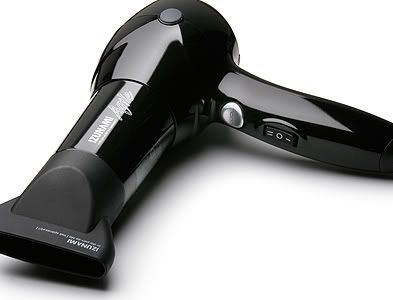How are health- and environmentally-conscious individuals and households to feed themselves when their local food production is brought to a halt by the frozen winter months?
Of course, the better planners will have prepared for the rigors of the season, just as people have done for time immemorial. They will have bought big quantities of fresh produce during the time of year when the crops are plentiful and will have canned, preserved or fermented them, stocking their cellar and pantry with all sorts of goodies (jams, sauces, pickles, preserves of fruits and vegetables, etc.) to last them til the earth around them gets fertile again. Some of them will even have made good use of their freezer.
But let’s face it. The pressures of modern life keep these folks in the minority (although the recession is rumored to have spurred more and more people’s interest in these practices). What about the rest of us?
This is when an old type of product comes is very handy: store-bought frozen food.
Let’s clarify a couple of points before going any further: this conversation does not include processed foods nor prepared meals. Our focus is strictly on produce that was frozen and bagged straight from the field, as an alternative to fresh, raw ingredients when none is available.
1 High nutritional value
Scientists and nutritionists will tell you that fruits and vegetables that were picked at the peak of their ripeness and freshness, quick-frozen in the appropriate conditions, and whose “cold chain” was carefully maintained (no higher temperature than -0.4 degrees F or -18 degrees C), possibly offer superior nutritional value than if bought fresh.
Produce bought at the farmers’ market the day after it was picked and consumed quickly obviously stands the test of freshness and high nutritional value. However, we must bear in mind that the longer raw produce lingers–in trucks, in stores or in our refrigerators–the more its quality declines.
2 Food waste reduction
Which brings me to the next point: the astoundingly long shelf-life of frozen food. Buy it in bulk if you wish and use it as you need it. When considering that 40 percent of the food bought in America ends up in the bin (this number includes food served at restaurants but you get the idea; the Brits do hardly better at 35 percent), the opportunity offered by frozen food to dramatically shrink this wastage is simply astonishing.
3 Improving carbon footprint
What is true at the consumer’s level is true on the farm as well: freezing a crop is a perfect way to avoid that any unsold surplus is left to rot in the field or ploughed under. In other words, it ensures that the greenhouse gas emissions that were emitted in order to produce it yield a higher return on investment – so to speak. Which implies a lower average carbon footprint of frozen food when strictly considering food production. Industry professionals argue that this absence of waste on the field, added to the decreased need for regular trips to the store (since consumers can buy in large quantities and fill their freezer) point to a very respectable carbon footprint of frozen food.
This picture is obviously incomplete.
One cannot ignore the energy required in maintaining the integrity of the “cold chain” through the transportation and storage of frozen food from the plant to the home. No reliable data is publicly available to evaluate that carbon footprint (infinite variables make for a very complex pictures, I was made to understand). One thing is for sure, however: the frozen food industry is working at reducing it. In England, the British Frozen Food Federation has deployed a plan, with the support of the Carbon Trust, to reduce the carbon footprint of the “cold chain” by 15 percent across the industry. In the U.S., initiatives are popping up to “green” operations: Oregon-based Stahlbush Island Farms powers its processing plant with a biogas power plant; in Connecticut, the family-business Carla’s Pasta is installing a 300-kW fuel cell power plant at its frozen food processing facility (it will provide 60 percent of its energy needs by mid-2011).
Ultimately, when it comes to making food choices that are not only good for our health but also for the health of the planet, the principles remain the same whether we’re talking fresh or frozen: choose local and organic. One obvious way to stick to these principles is to plan ahead and fill your freezer with fresh, raw food you have bought and conditioned yourself (although it requires some skills and equipment, it is most likely the least labor-intensive of all home food-preservation processes mentioned earlier).
Barring that, hope is on the horizon thanks to one frozen-food company that is applying these same principles to a T. Based out of Ann Arbor, Michigan, Locavorious offers its members a winter-time CSA program based on food procured from its network of nine local, family farms (not all of them are certified organic).
Imagine if farmers’ markets were thus given a second life wherever the climate temporarily stops food production! Farms’ productivity and revenue would increase (since spoilage and wastage would be a thing of the past) and consumers would benefit from the year-long abundance.































































